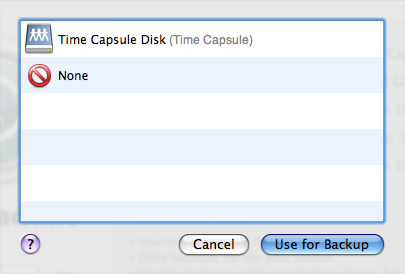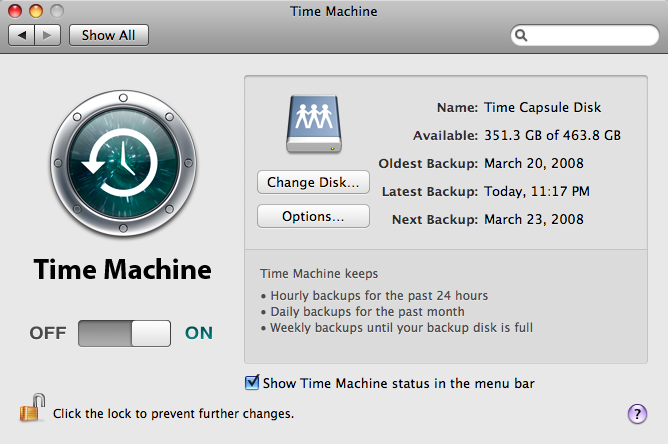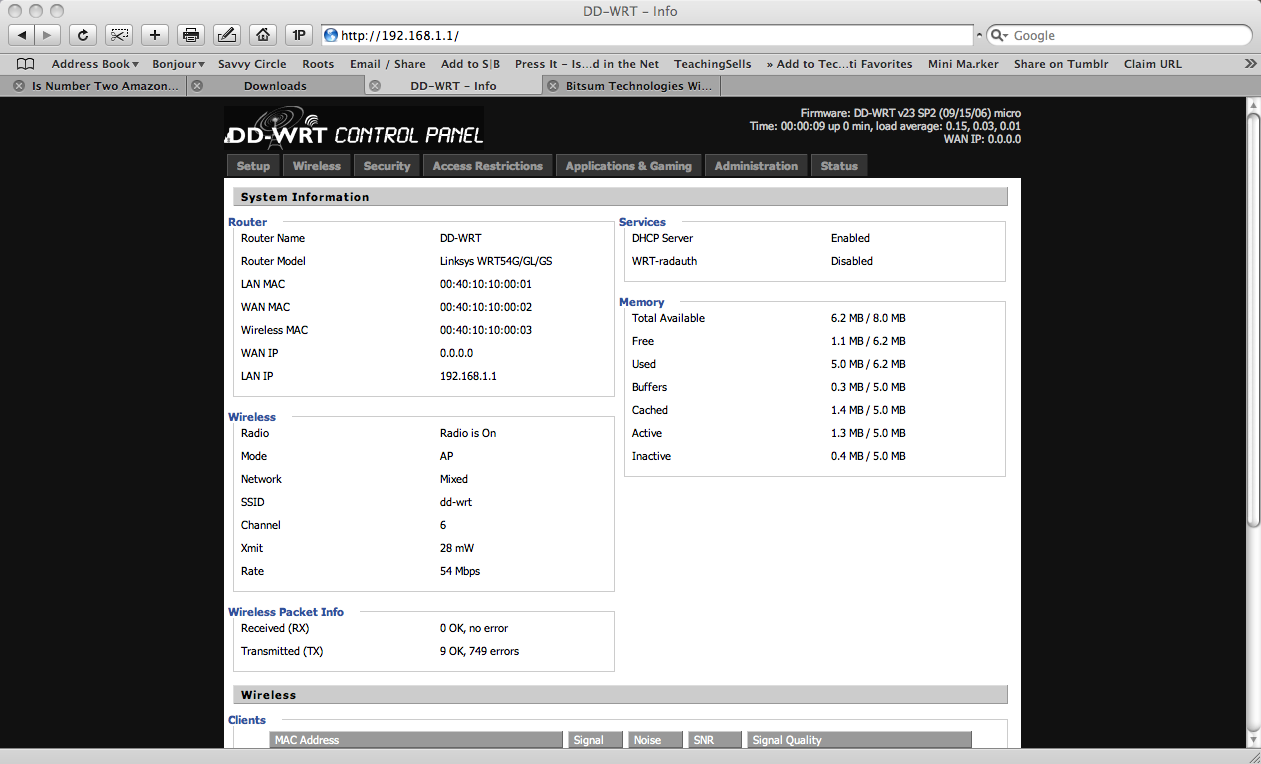I have been using Wireless Distribution System (WDS) between Time Capsule (TC), AirPort Extreme (AE) Base station, and AirPort Express (AX) to extend my network all over my home. The Time Capsule is the main with the AE and AX as "supplicants". The configuration is such that it appears as one wireless network with one SSID. I get between 80% and 90% signal strength from anywhere in the house. As long as I use the AirPort Admin software ( either on a Mac or on Windows ) setting up the WDS network is a breeze. All I needed was the MAC address of each device.
The AX is connected to the stereo for use with AirTunes from the Mac mini ( which is hooked up via HDMI to the TV ). My stereo and TV are not in the same room. The AE is just a repeater and also connects the Series 2 TiVo to the network.
I had configured a LinkSys WRT54G with the DD-WRT firmware but never got around to testing it in WDS mode with the TC. I'll have to dust it off. I was going to write up details on what I had done to accomplish this when I received the following email from a colleague in response to an email from another colleague. I think he says it better than I could.
Both the main base station and the relay/remote base stations have to know they are participating in WDS. I know the old Linksys routers are not capable of WDS right out of the box. You have to reflash them with alternate firmware. On the Apple gear, you have to tell each device what role it plays in WDS and tell it the MAC address of the other devices so someone doesn't just join your WDS network with their router. I would imagine other branded devices would be similar. (You kow, Ting, it might be time to buy that TimeCapsule afterall, lol)
As an aside, I went into the Apple Skunkworks lab last night (my house and production network- lol). I was able to get my TimeCapsule and Airport Express to talk WDS (I need a better hobby for my free time).
The TC is cabled to my cable modem and served as my main base station.
My AE served as a remote base station. I set LEDs on both to flash on activity so I could see which router I was talking to. I've found:
- Close to the main base station, data would fly (testing speed against speakeasy.net's speed test). If I went to the AE, throughput would be halved but was not unbearable. It worked as the WDS spec advertized.
I could see the AE start to flash as I got closer to it. It transferred the connection seamlessly (and back again when I got close to the TC). I didn't have to kick anything to get it to flip back and forth between stations.
I kept the same IP address no matter where I went. The AE would just relay the traffic to the TC.
An added benefit is that you can use the WAN port on the AE as a regular LAN port. I shut off my PowerBook wireless and plugged in an ethernet cable from the PB to the AE. I was able to talk wired to the AE which then spoke wireless back to the TC. (Hmmm, maybe a good way to get an wired remote machine to network without having to run cables
everywhere)
- No complicated setup on the AE. It honored all of the MAC address filtering and IP address ranges of the TC. All I had to do was tell it the TC's MAC address and duplicate the SSID and security settings
(WPA/WPA2 Personal).
Johnny





